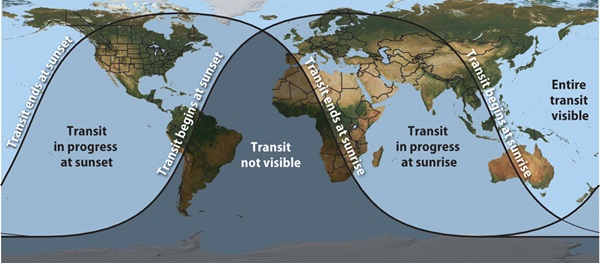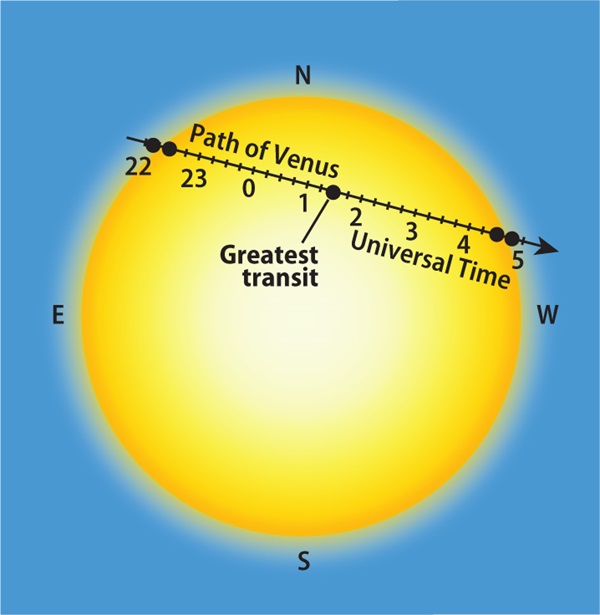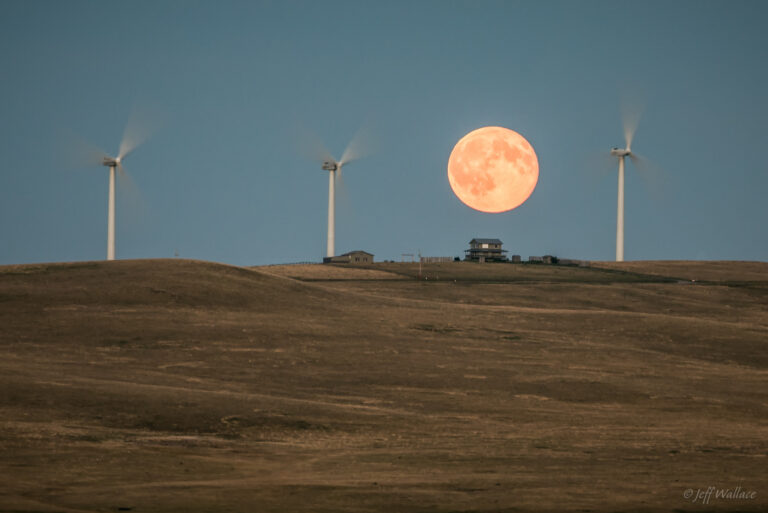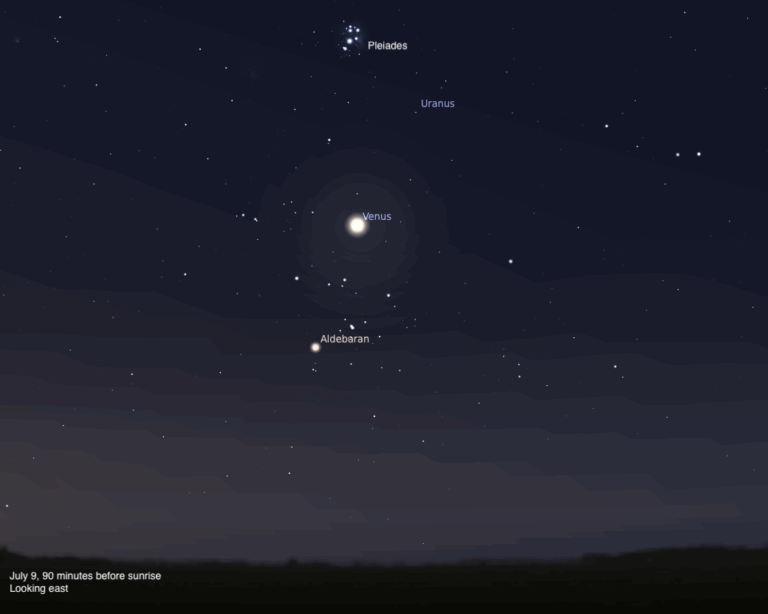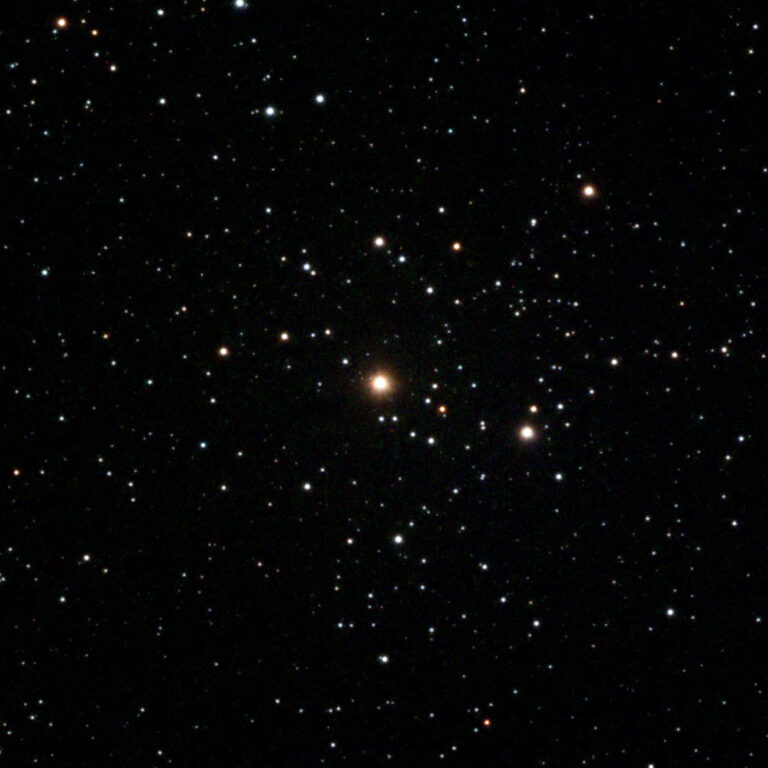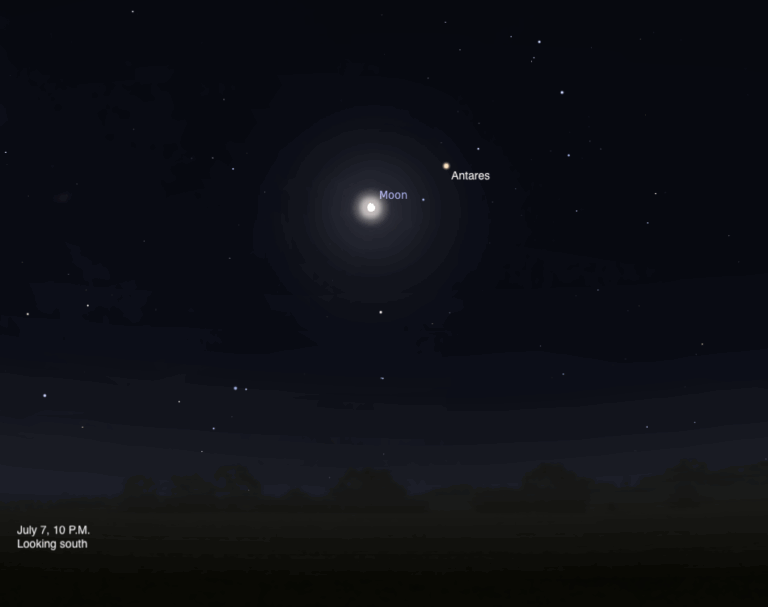Key Takeaways:
On the afternoon of June 5, people across North America will have a chance to see Venus pass in front of the Sun for the second and final time this century. Our sister planet previously crossed the solar disk eight years ago, in June 2004, but it won’t do so again until December 2117.
Although such transits are rare, more than three-quarters of the world’s population will have an opportunity to see at least part of this year’s event. Observers with clear skies can witness its entire duration from eastern Asia, eastern Australia, and the western Pacific. For those in North and Central America and northwestern South America, the transit’s early stages will be on display before the Sun sets June 5. Inhabitants of central and western Asia, western Australia, eastern Africa, and most of Europe will see the transit’s closing stages after sunrise June 6.
Before you look at the Sun during the transit (or at any other time, for that matter), make sure to protect your eyes. Even without optical aid, sunlight can burn your retina in seconds; looking through binoculars or a telescope can blind you almost instantly. For a naked-eye view, use a #12 or #14 welder’s glass or “eclipse glasses” specifically designed for viewing the Sun. Both block dangerous ultraviolet and infrared radiation as well as visible light.
Venus spans about 3 percent of the Sun’s apparent diameter, so the planet will appear as an obvious but small black spot to naked eyes. To see the transit close-up, you have to observe through binoculars or a telescope. For a direct view, use an approved solar filter that fits snugly over the front end of your instrument. (With binoculars, either place a filter over both front lenses or keep one of the lens caps on.) In addition, most planetariums and science centers will be open during the transit to provide safe views of the event.
From most of North America, the transit begins in the afternoon and runs through sunset. This means you need to find an observing spot with a clear view to the west and a flat, unobstructed horizon toward the west-northwest where the Sun will set. People in the Eastern Hemisphere viewing the transit at sunrise will want a location with a clear sight line to the east-northeast.
Venus’ disk first touches the Sun’s edge, or limb, at 6:10 p.m. EDT June 5 (subtract one hour for CDT, two hours for MDT, and three hours for PDT). Some 18 minutes after this “first contact,” at 6:28 p.m. EDT, Venus’ trailing limb moves inside the solar disk. Venus will trek across the northern half of the Sun for the next six hours. The planet passes closest to our star’s center at 9:30 p.m. EDT. From the contiguous United States, the Sun will set before Venus completes its journey.
These times represent what a hypothetical observer at Earth’s center would see. Because Venus’ position relative to the Sun shifts with location, actual times on Earth’s surface can differ by up to seven minutes. As a rule of thumb, local times in North America will be a bit earlier and those in Europe a little later.
Few people alive today will live to see another Venus transit — the next one arrives December 10/11, 2117. So take advantage of this opportunity to view one of the rarest celestial events.
Local times of the transit across the globe
| City |
First |
Second |
Greatest |
Third |
Fourth |
| New York City | 6:04 p.m. | 6:21 p.m. |
— |
— |
— |
| Miami, Florida | 6:05 p.m. | 6:22 p.m. |
— |
— |
— |
| Chicago, Illinois | 5:04 p.m. | 5:22 p.m. | 8:26 p.m. |
— |
— |
| Dallas, Texas | 5:05 p.m. | 5:22 p.m. | 8:26 p.m. |
— |
— |
| Denver, Colorado | 4:05 p.m. | 4:23 p.m. | 7:26 p.m. |
— |
— |
| Seattle, Washington | 3:06 p.m. | 3:24 p.m. | 6:26 p.m. |
— |
— |
| Los Angeles, California | 3:06 p.m. | 3:24 p.m. | 6:26 p.m. |
— |
— |
| Honolulu, Hawaii | 12:10 p.m. | 12:28 p.m. | 3:26 p.m. | 6:27 p.m. | 6:45 p.m. |
| Tokyo, Japan | 7:11 a.m. | 7:29 a.m. | 10:30 a.m. | 1:30 p.m. | 1:48 p.m. |
| Beijing, China | 6:10 a.m. | 6:28 a.m. | 9:31 a.m. | 12:32 p.m. | 12:49 p.m. |
| Sydney, Australia | 8:16 a.m. | 8:34 a.m. | 11:30 a.m. | 2:26 p.m. | 2:44 p.m. |
| London, England |
— |
— |
— |
5:37 a.m. | 5:55 a.m. |
| Paris, Frace |
— |
— |
— |
6:38 a.m. | 6:55 a.m. |
| Rome, Italy |
— |
— |
— |
6:38 a.m. | 6:56 a.m. |
| Berlin, Germany |
— |
— |
— |
6:37 a.m. | 6:55 a.m. |
| Moscow, Russia |
— |
— |
5:31 a.m. | 8:37 a.m. | 8:54 a.m. |
First contact marks the instant when Venus’ disk first touches the Sun’s disk; second contact is when Venus first appears totally within the Sun’s disk; greatest transit occurs when Venus appears closest to the Sun’s center; third contact represents when the leading edge of Venus touches the Sun’s limb; fourth contact signifies the moment when Venus finally exits the Sun’s disk.


